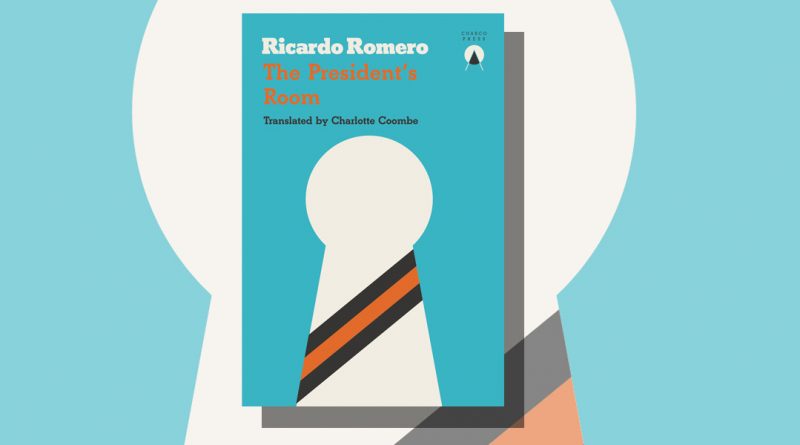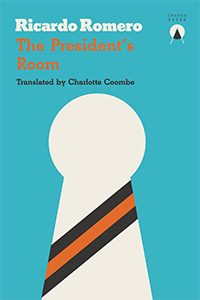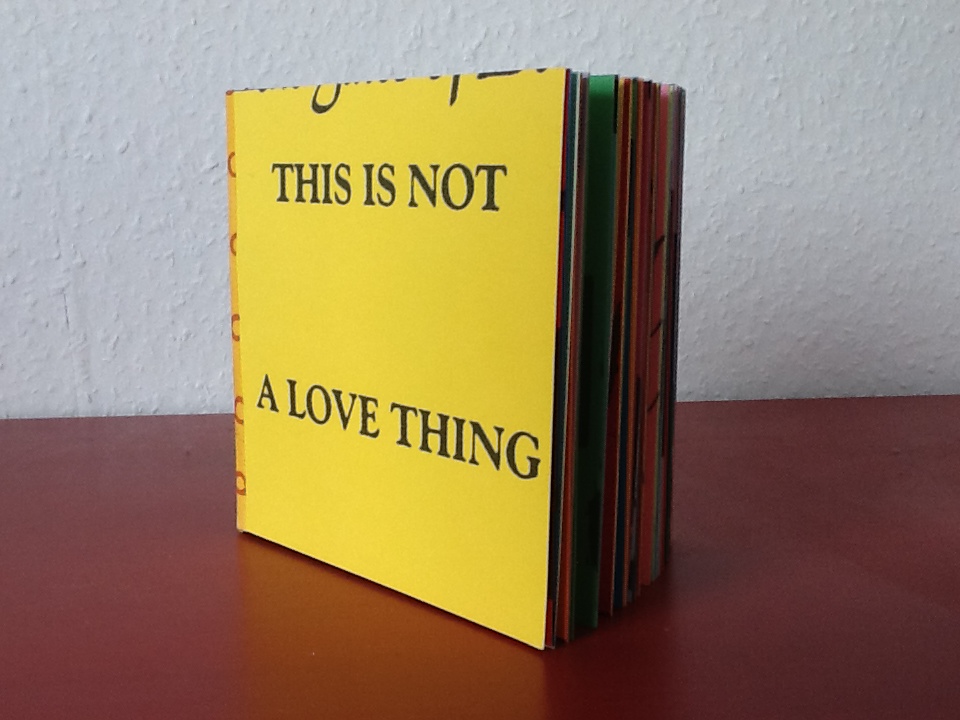The President’s Room by Ricardo Romero
-Reviewed by Joshua Lambert-
The President’s Room (Charco Press) is the tenth book by Argentinian writer Ricardo Romero, but there’s a good chance you won’t know that since this is the first one to be published in English, translated by Charlotte Coombe.
The novella, in truth, is more premise than story. In this unnamed town in an unnamed country, every house has a room set aside for the president, kept clean and filled with items he might find useful.
Sometimes the family plays games, imagining what the president will do with each object: the whisky decanter, the books, the magnifying glass, the revolver. Our protagonist, also unnamed, is an insightful, thoughtful schoolboy, who spends the duration of the novella rationalising his surroundings and writing about his house, his family, and the president. Mostly the president. Throughout, the border between strangeness and familiarity are kept so close as to be indistinguishable.
The book itself is short and sparse; pages show snippets and fragments, some only a line or two long, but more often a paragraph. Each fragment is more or less self-contained, and, even, self-sufficient. You could flick to any page at random and find something to mull over for a good few minutes. Every so often we are snapped into present tense, reminding us that our protagonist seems to be sitting at his desk, musing and writing. We’ll learn that he’s got a fever, or that his brother has gone missing again, and then go back to ruminations about blocks of flats, and the unknown things that happen there.
Given that the story’s world is described so sparingly, a lot of its power is in the unspoken and the barely implied. Where are we? What’s happened here? The country seems to be recovering from something.
Basements have been banned and boarded up, as “People say that terrible things used to happen before, in the basements.” What things? Before what? The school, a big school, doesn’t have enough children in the neighbourhood to fill it. Why not? And why does that one boy, who rumour says actually received a visit from the president, have “a worried look on his face, as if it’s suddenly become the face of an adult”?
These small mysteries work perfectly in The President’s Room, and the low page count leans into this. You get a feeling that the written words are the tip of the iceberg, and there’s a large, chilling something lying beneath the pages.
The prose is contemplative rather than poetic, which is a good thing. Our main character displays extraordinary clarity in his observations; his account of his house is more philosophical than poetic. Even at its most luscious, when the protagonist describes his fever, the prose is deeply layered with theme and thought:
“I touch my face and the skin of my face doesn’t recognise the skin of my hands. My skin is a wall and I don’t know what’s on one side and what’s on the other.”
It’s not the first or last time we see an alignment of body and house, an alignment that brings no small measure of anxiety:
“I think: houses shouldn’t be touching all the time I don’t know what shape our house is. I don’t know what shape my body is, my body that’s always touching something. As I think this, I shudder.”
It is particularly impressive that such precision of thought and language has made it so well through the translation, thanks to Coombe.
The book’s blurb tells us that Romero has been compared to Kafka, Calvino, and Cortázar and, even if such a comparison may be overdrawn, you can indeed see the similarities: an imaginative mundanity; the influence of a — perhaps malevolent — bureaucracy; a heady, conceptual leaning. There is an awful lot going on here. Philosophical, political, psychological.
The question is this: do you want to puzzle out the metaphors of the President’s room? The novella begs interpretation, but can be very open ended. I, for one, don’t know how to interpret the book’s closing pages, and what about the overarching idea, the President’s room itself? Should I read it as a comment on politics’ insidious presence in the domestic sphere? The danger of centralised, total power? A meditation on a post-war community? Or maybe it’s purely a psychological exercise, about the experiential possibilities of a house?
Without some form of interpretation, reading it solely on a literal level, it can be hard to know what to do with The President’s Room, leading to a sense of either ‘getting it’ or not.
There can be a certain frustration in a book that expects interpretation to such a large extent, whilst being open-ended, but then, depending on your leaning, it can also be thrilling.
Ultimately, The President’s Room made me feel curious, pensive, and vaguely unsettled in the best way. For an 82 page novella, that’s awfully impressive.
Find out more about The President’s Room on the Charco Press website.

Reviewed by Joshua Lambert — Josh graduated with a degree in English Literature with Creative Writing from Bath Spa University, and has spent his time since then as an editor working with independent authors and self-publishing houses. He’s a ravenous consumer of most anything: literature, food, film, games, and graphic novels, and is equally zealous about deconstructing those things. Thus, reviews, and long, one-sided conversations.






